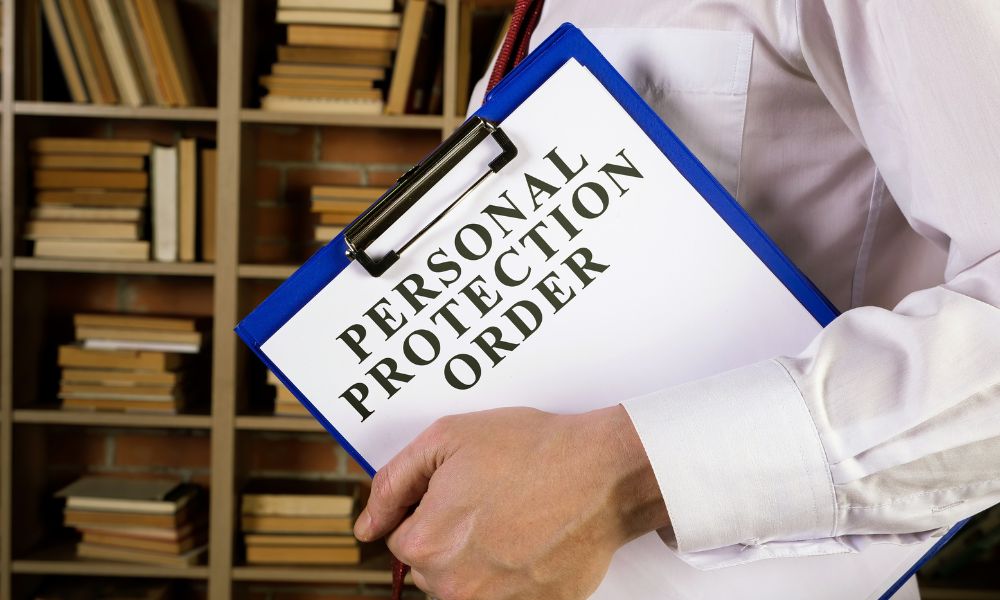
Abuse is nefarious. It happens every day across the world, and while many understand they are in abusive situations, others fail to recognize this as their own reality. This failure to recognize abuse is a significant reason why it is so difficult for victims to escape abusive situations. They fail to see the abuse or are convinced and gaslighted that what they are experiencing is not abuse. There are different kinds of abuse, and here are some tips for recognizing them.
Be Aware of Different Abuse
The first and most important step to recognizing abuse is understanding the various forms it can come in. It’s hard to know you’re in the middle of something when you don’t know what that something is. For example, there is physical abuse, sexual abuse, and emotional abuse, but there is also financial abuse, neglect, and exploitation. Typically, in these abusive situations, you will likely see more than one form of abuse occurring at once, but it is still helpful to understand their differences and complexities. Otherwise, you end up making excuses and viewing things from a limited perspective instead of looking at the bigger picture of what’s happening around you.
Consider Someone’s Intent
Understanding the different forms of abuse and its many signs is not enough, as it can still be tricky to identify it. Abuse comes in many forms, but all forms share a common theme—power and control. A lot of abuse comes from someone’s desire to exert power over another, and with that in mind, it makes identifying abuse much easier. When a partner or family member slights you or says something hurtful, try to examine their intent behind it. Are they expressing how they feel to you, frustrated about a situation, or does it fit into a pattern of manipulation to try to hold power over you?
Look for Patterns
Most people are not abusers but can still engage in abusive activities from time to time. People may not see the gravity of their actions, so you need to talk to them with compassion and understanding to help them see how they are hurting you. To identify abuse, you must identify patterns within someone: Are their actions every day? Are they apologetic afterward? Does the situation change? Do you find yourself apologizing? Someone can do the wrong thing and hurt you and try to change their ways, but you need to place this within the context of their other actions. Doing this helps you identify whether they’re breaking or perpetuating the cycle.
These are tips for recognizing the different kinds of abuse, but even after identifying the abuse, there are still things you need to do. You first need to try to get out of that situation, but following this, you might consider filing for a protection order. You can escape the abuse, but these orders will also help keep the abuser away and give you your independence again.
